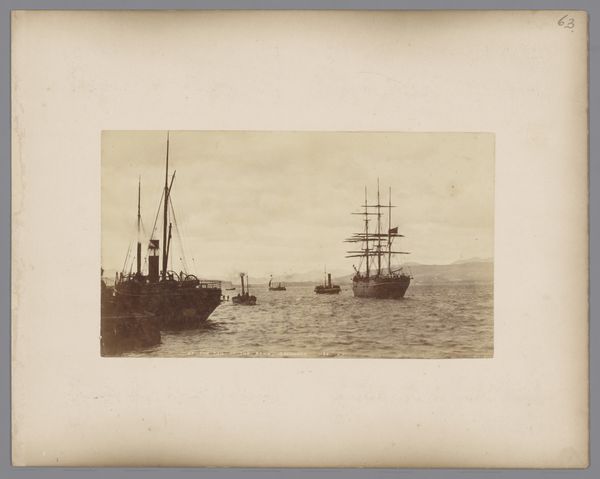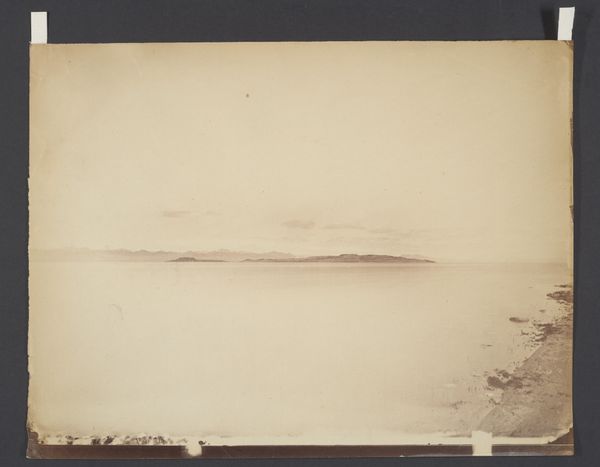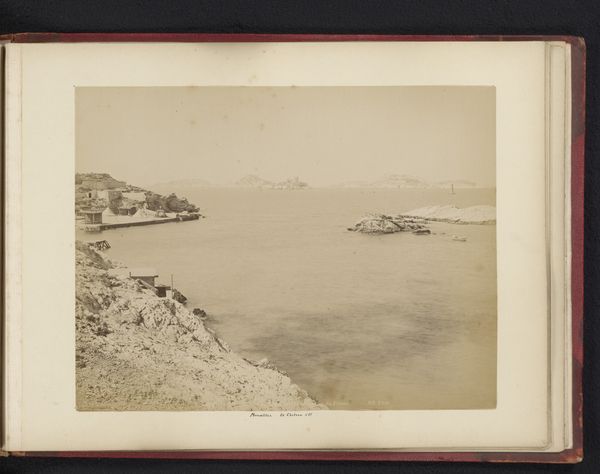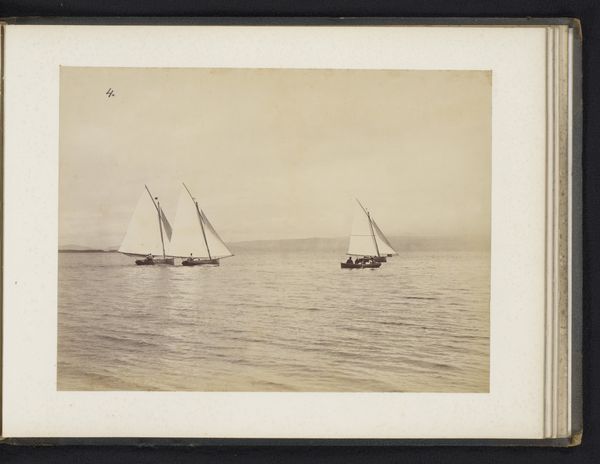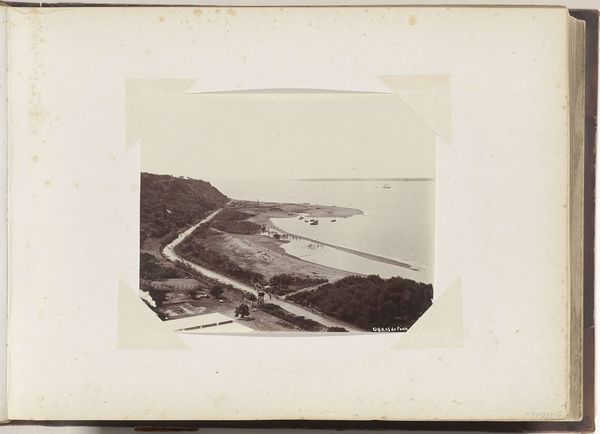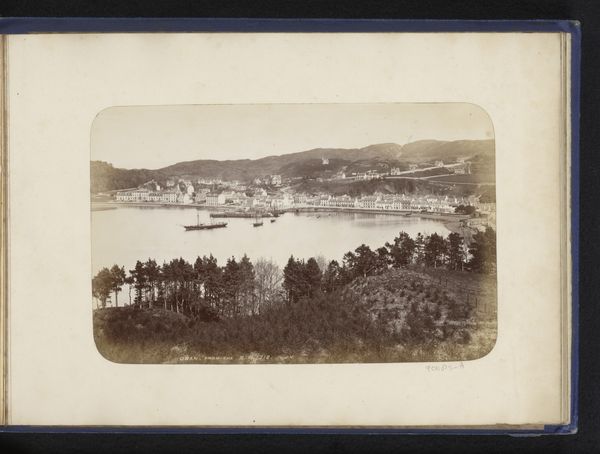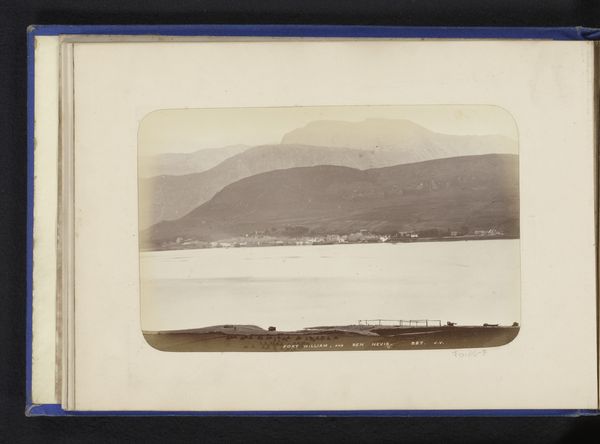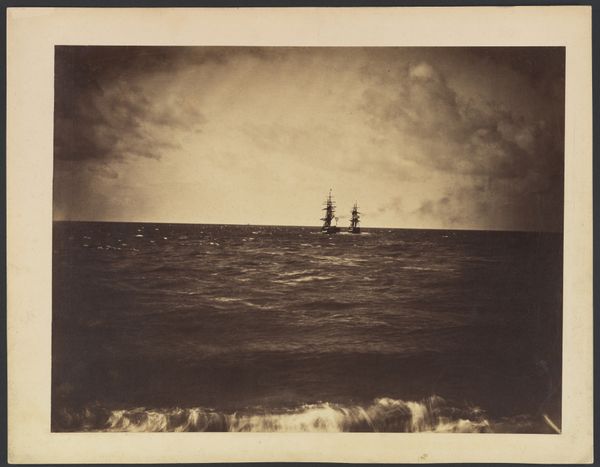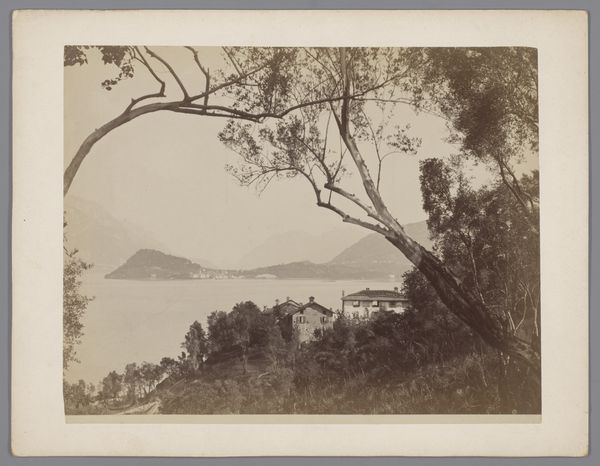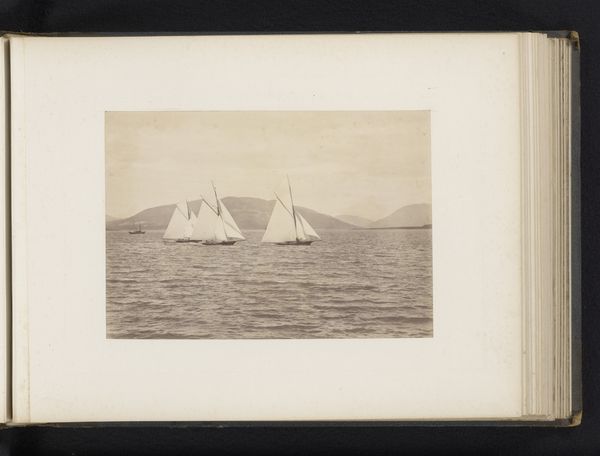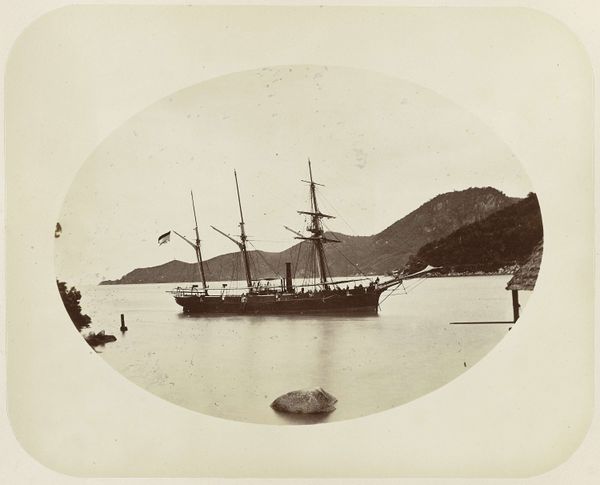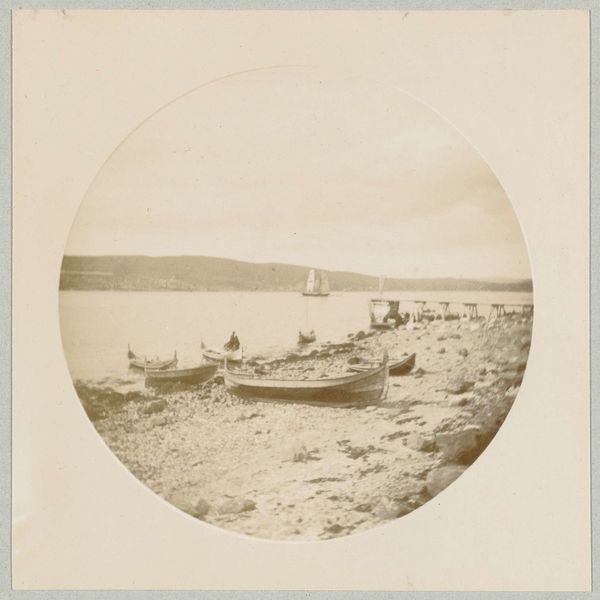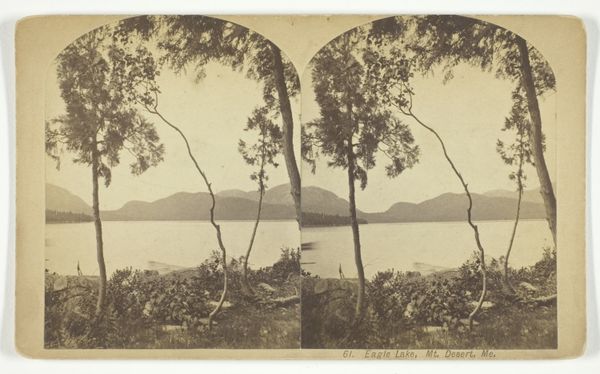
Copyright: Public Domain
Curator: This photograph, "Frankfurt am Main, Alte Gasse and Bleichstrasse," taken in 1859 by Carl Friedrich Mylius, uses the albumen print method. What strikes you about it? Editor: There's a certain stillness to it. It's almost dreamlike, a sepia-toned reverie. The soft light lends it a kind of muted beauty. What context shaped Mylius’ view? Curator: Frankfurt in the mid-19th century was undergoing rapid industrialization and urban transformation. Mylius's choice to photograph this particular intersection—"Alte Gasse" and "Bleichstrasse"—hints at themes of transition. Bleichstrasse translates to "Bleaching Street," so that detail brings economic questions to my mind. Editor: Interesting—it’s as if Mylius were aware of these shifting forces and captured this moment as a time capsule. I see in his choice an active engagement with recording and shaping Frankfurt’s history. Can you see reflections of burgeoning capitalism and industrial exploitation reflected here? Curator: I think so. The rigid, stoic architecture frames daily life during Germany's transition to industrial capitalism, and reminds me of stark labor relations from the era. There is some social documentary value here as well. What about that diffused focus and atmospheric perspective; what is conveyed through the style? Editor: That blurring softens the realities of this burgeoning world with a painterly effect; an escape. Despite its formal nature, there's also a tenderness, like holding onto a memory, which is likely an artistic response to rapid urban change. Mylius memorialized a time in place just before it vanishes completely. Curator: Agreed. He captured more than just buildings; he froze a specific moment in the city’s life. A subtle resistance. He documents not only buildings, but his world at risk, already fading. I hadn’t considered his perspective in this way until just now. Editor: This single image connects to multiple histories—economic, artistic, and social—inviting contemplation about the city, about the time, and how we see. Let’s take that and go forward in our thoughts today!
Comments
No comments
Be the first to comment and join the conversation on the ultimate creative platform.
